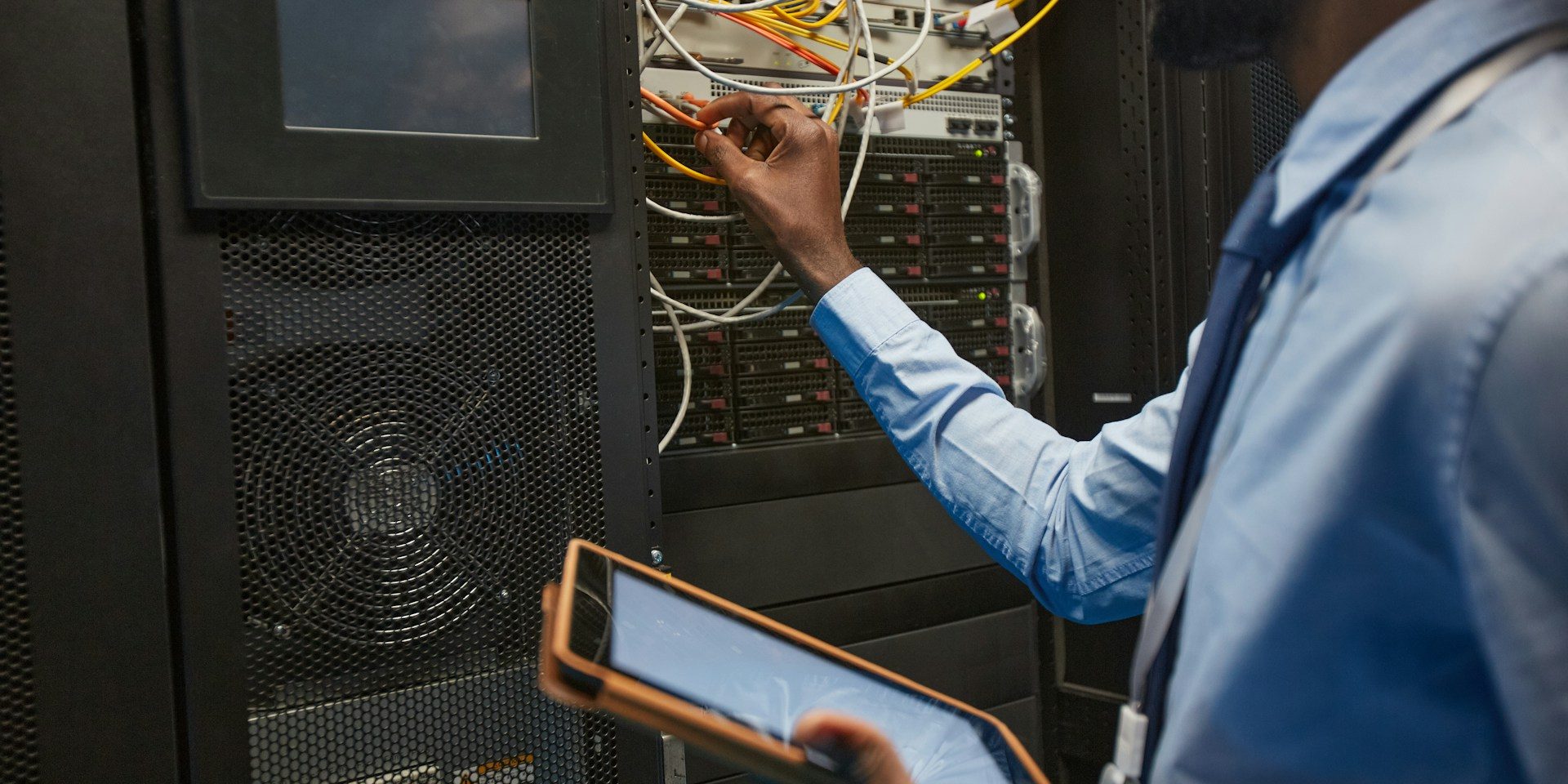Setting up a secure network is essential for keeping our business information safe. A well-planned network not only connects our devices but also protects sensitive data from cyber threats. Knowing where to start can be overwhelming, but breaking it down into simple steps can make the process manageable.
First, we need to choose the right network equipment. From routers to switches, selecting the best tools ensures a strong foundation for our network. The next step is to properly configure these devices. Correct settings optimise performance and security, preventing many common issues. Additionally, implementing robust security measures like firewalls and encryption can further safeguard our network.
Regular monitoring and maintenance are equally important. Monitoring network activity helps us spot irregularities and take timely action. Regular updates and checks keep our network in top shape. By understanding these basic steps, we can set up a secure network that efficiently supports our business needs.
Choosing the Right Network Equipment
Selecting the right network equipment is the foundation of a secure network. We need to start with a reliable router, as it acts as the gateway connecting our business to the internet. Look for routers that offer advanced security features such as built-in firewalls and encryption. Ensure the router supports the latest Wi-Fi standards for faster, more secure connections.
Switches are another essential component. They connect multiple devices within our network, creating a local area network (LAN). Choosing managed switches can provide better control over network traffic and enhance security. These switches allow us to configure network settings, monitor performance, and apply security measures more effectively.
Also, consider incorporating access points to extend Wi-Fi coverage without compromising security. Using high-quality, compatible equipment ensures a stable and secure network foundation.
Configuring Your Network Settings
Once we have the right equipment, configuring network settings correctly is crucial. Start by changing default usernames and passwords on all devices. Default credentials are easy targets for cybercriminals. Use strong, unique passwords to protect each device. Next, configure the router’s settings to enable network encryption. WPA3 is the latest and most secure encryption standard. Make sure to activate this for maximum protection.
Set up a guest network if we need to offer internet access to visitors without exposing our main network. This keeps our business data separate and secure. Additionally, disable remote management features unless necessary, as attackers can exploit them. Implementing these configurations ensures our network operates securely and efficiently. Proper settings help defend against common threats and optimise performance, creating a robust environment for our business needs.
Implementing Strong Security Measures
Establishing strong security measures is critical to protecting our network. Start by installing a robust firewall to act as a barrier between our internal network and potential threats from the internet. Firewalls monitor and control incoming and outgoing network traffic based on security rules we set up. This helps prevent unauthorised access and attacks.
Antivirus and anti-malware software should also be installed on all devices connected to our network. These programs detect, block, and remove malicious software that can compromise our systems. Additionally, enable encryption for data in transit and at rest to ensure that even if data is intercepted or accessed, it cannot be read without the proper decryption key.
Regularly updating all software and systems with the latest security patches helps close vulnerabilities that cybercriminals may exploit. Employing strong security measures keeps our network safe and resilient.
Regular Monitoring and Maintenance
Regular monitoring and maintenance of our network are essential to keep it secure and functioning optimally. Network monitoring tools can track performance, detect unusual activity, and alert us to potential issues. By keeping a close watch on our network, we can address problems before they escalate into major concerns. This proactive approach helps maintain the integrity and reliability of our network infrastructure.
Routine maintenance tasks include updating firmware, performing security scans, and reviewing access logs. Regularly checking these elements helps ensure that our network remains secure and efficient.
Scheduling periodic audits to evaluate our security posture and updating our security policies as needed can further enhance our protection. Consistent monitoring and maintenance are vital in keeping our network in top condition, allowing us to focus on our core business activities without interruption.
Conclusion:
Setting up a secure network is essential for safeguarding our business operations. By choosing the right equipment, configuring our network settings correctly, implementing strong security measures, and performing regular monitoring and maintenance, we can create a robust and secure infrastructure. These steps help protect our data, improve performance, and ensure the smooth functioning of our business.
At IT Solution, we are committed to helping you establish a secure network tailored to your needs. Contact IT Solution today to learn how our expert IT support services can assist you in setting up and maintaining a secure network, allowing you to focus on growing your business with confidence.








